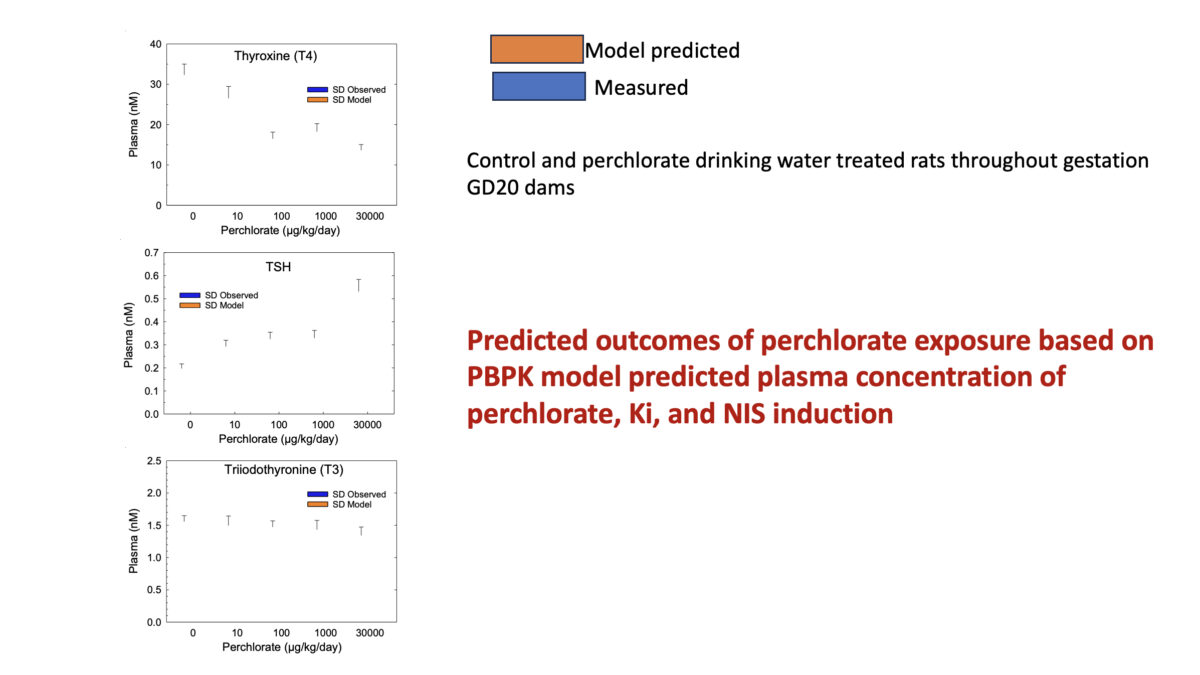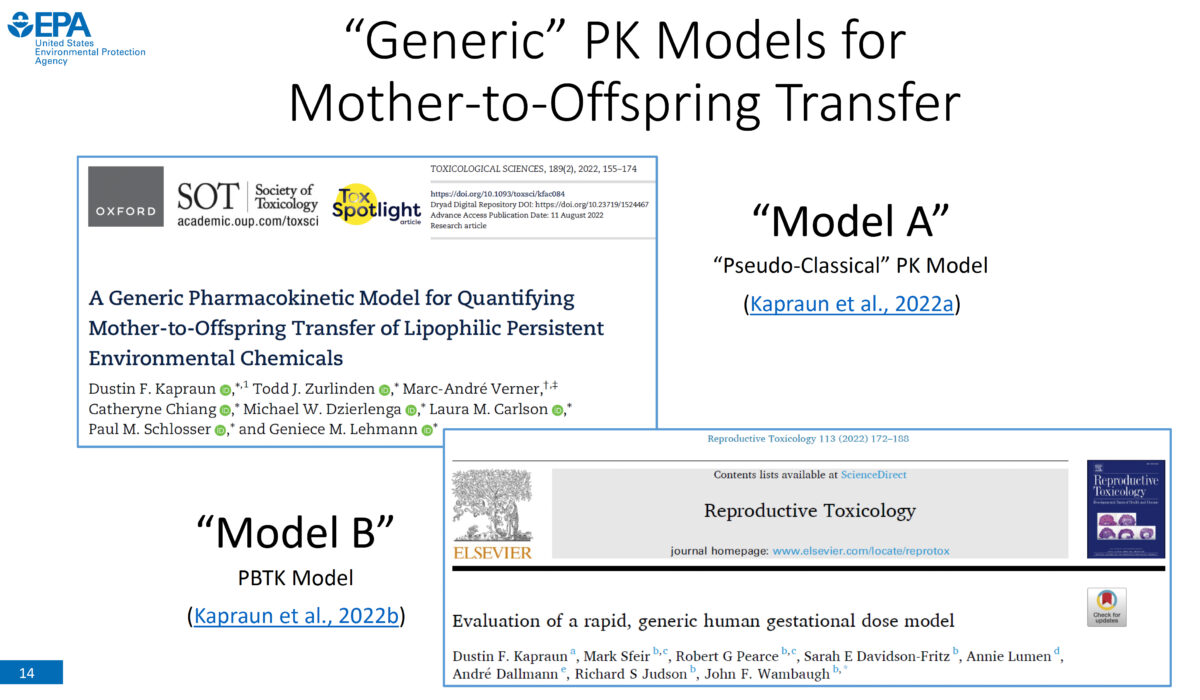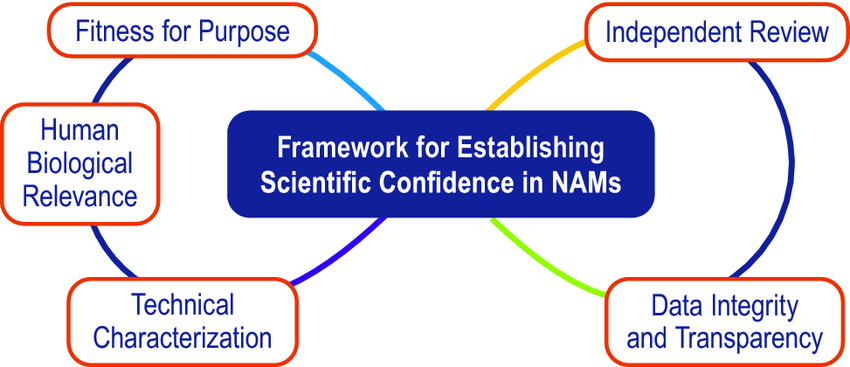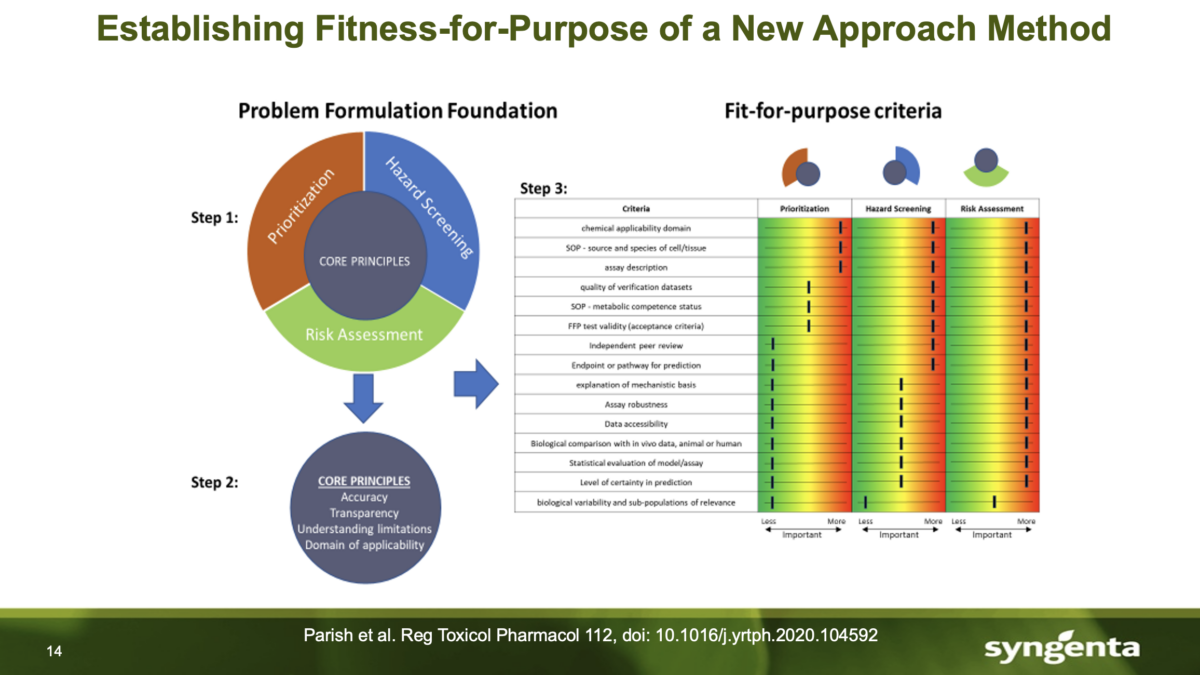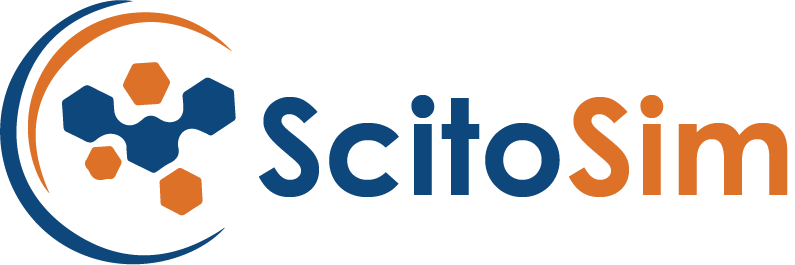We are excited to present our first recorded installment for our 2024 webinar series. Jeff Fisher, PhD, ScitoVation’s Senior Science Fellow, will be speaking about thyroid disruption and IVIVE based on his latest publication. ScitoVation scientists continue advancing the benefits of IVIVE modeling. What you’ll learn: Thyroid modeling demonstrating IVIVE for a molecular initiating event determined in vitro How to …
Generic Pharmacokinetic Models for Mother-to-Offspring Transfer of Chemicals
Our speaker is Dustin Kapraun, PhD, physical scientist with the Center for Public Health and Environmental Assessment (CPHEA) in the Office of Research and Development (ORD) at the U.S. Environmental Protection Agency (EPA). In developing human health risk assessments, it is important to consider pregnant women, developing fetuses, and nursing children because chemical exposures experienced by these groups can lead …
ToxAIcology – the future of toxicology is AI
Artificial Intelligence (AI) is impacting all types of work, including toxicology. Dr Hartung will discuss how to move toxicology to a more holistic and integrated paradigm using AI and how AI plays a role in setting the direction of “Toxicology for the 21st Century 2.0” in future decades. What you’ll learn: Sources of Big Data for toxicology and various AI …
Physiologically based pharmacokinetic modeling as a data analysis and study design tool – case studies in nonlinear pharmacokinetics
We just had a wonderful talk from Dr. Dan Hoer. Dr Hoer is a physical scientist with the US Environmental Protection Agency, Office of Pesticide Programs. His talk will focus on non-linear PBPK modeling, and the advantages offered by this approach. What you’ll learn: Important advantages of PBPK modeling over statistical methods that are often restricted to bimodal distinctions of …
(R)Evolution in Validation: Establishing Scientific Confidence in NAMs
Nicole Kleinstreuer, PhD, the director of the NTP Interagency Center for the Evaluation of Alternative Toxicological Methods (NICEATM) and the executive director of the congressionally mandated Interagency Coordinating Committee on the Validation of Alternative Methods (ICCVAM). spoke on July 18th, 2023. Dr. Kleinstreuer discussed a topic very important to our industry; a framework comprising five essential elements to establish scientific …
A Source to Outcome Approach for Inhalation Risk Assessment: The Importance of Collaboration
Doug Wolf, DVM, PhD, discusses the creation and use of the Souce-to-Outcome framework, a new NAM incorporating a novel mathematical procedure developed to estimate the human equivalent concentration (HEC) for inhalation risk assessment based upon the relevant aerosol characterization, respiratory dosimetry modeling, and endpoints derived from an in vitro assay using human respiratory epithelial tissue. What you’ll learn: Introduction to …
NAM-Driven Computational Pipelines for Safety and Regulatory Framework
Andy Nong, PhD, ScitoVation’s Director of Computational Toxicology, is our guest speaker for this exciting webinar and new product announcement. Andy will share different computational pipelines that can complement a tier assessment approach for various forms of data such as in vitro screening tests or animal studies. What you’ll learn: How to integrate exposure and toxicity data in a quantitative …
Gene expression biomarkers as tools to interpret high-throughput transcriptomics data stream
We kicked 2023 off strong with our first webinar led by Dr. Chris Corton, Molecular Toxicologist in the Center for Computational Toxicology and Exposure at the U.S Environmental Protection Agency (EPA). Gene expression biomarkers are becoming increasingly important tools to assess mode of action (MOA), determine benchmark dose, and define point of departure for risk assessment. We welcomed Chris to …
A revolution in mutagenicity testing: exploring the utility of error-corrected next-generation sequencing to quantify and characterize mutations
The second November installment of our webinar series is with Carole Yauk, PhD, University of Ottawa took place on November 29th at 11 ET. Dr. Yauk will explored the utility of error-corrected next-generation sequencing to quantify and characterize mutations. What you’ll learn: Introduction to error-corrected next-generation sequencing (ecNGS) and its advantages over conventional approaches in chemical mutagenicity assessment; Proof of …

